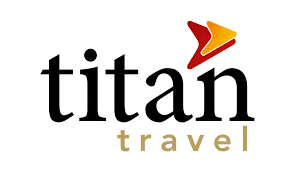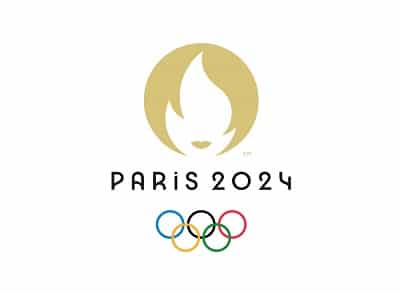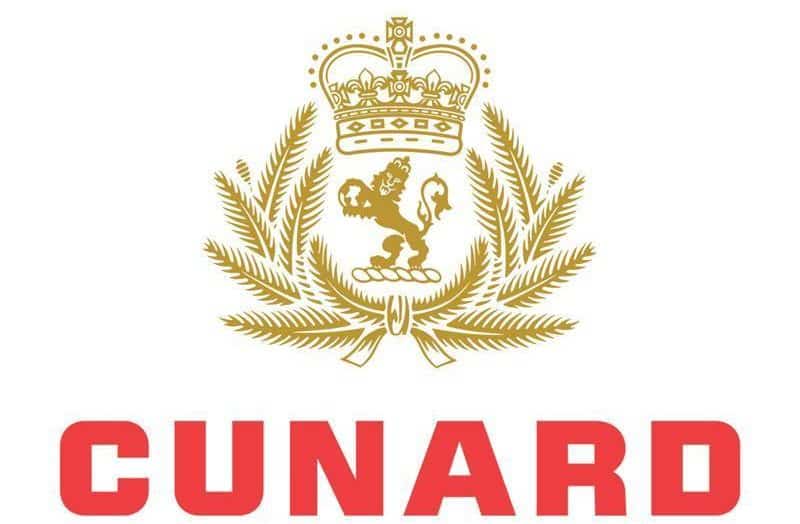A future for Qantas or only for Jetstar
QANTAS faces yet another shake-up, with chief executive Geoff Dixon predicting oil prices are not going to fall soon and saying the airline must adjust to a tougher environment, says Rod Myer in the Sydney Morning Herald.
Qantas’ restructure hopes depend substantially on the success of Jetstar’s overseas service, the first details of which were released yesterday, with from November Jetstar pioneering routes into Ho Chi Minh City, Phuket and Honolulu, in addition to taking over Australian Airline services to Bali and flying to Osaka.
The news of the closing of Australian Airlines sent Qantas’s share price sliding 6c or 1.7 per cent to $3.48 and interestingly, rival Virgin Blue was hit even harder, losing 7c or 3.7 per cent to $1.83.
What is worrying Geoff Dixon may be that Qantas shares have lost 17 per cent in two months, accentuated by the sale of a 3% stake by Temasek, strangely the largest shareholder in rival carrier Singapore Airlines, last month, which also recently was refused permission to fly our of Australia on the Pacific.
Rod Myer also comments that Geoff Dixon has also resurrected an earlier proposal to introduce “kangaroo shares” that would stay in Australian hands to prevent foreign takeovers if the Federal Government agrees to scrap the 49 per cent foreign investment limit, but he acknowledged the new plan was unlikely to get up, with Canberra’s recent refusal to remove the foreign shares cap.
“We believe it [the oil price] will be higher than $US60 [a barrel] … for the next two or three years,” Mr Dixon said. The result of that he added would be “further and quite substantial restructuring of Qantas”.
Mr Dixon did not detail how and where further cuts would be made, saying only that Qantas would make a formal announcement in the next month, with plans already in place to cut $1.5 billion from costs by 2008 after doing the same in the two years to 2005.
Part of the rationalisation includes the closure of Qantas’s discount offshore carrier Australian Airlines, with its routes being absorbed into Qantas and Jetstar’s new international service, with around 40 Australian jobs going with the closure, while Jetstar is taking on 550 people for its new international operations.
What Australian Airlines’ demise does do is create an unstable industrial relations situation, with former employees of Australian Airlines keeping their current conditions, which are pitched between those of Jetstar and Qantas, while being rolled into Qantas’s operation – this will also create a very difficult work place environment with crews and staff on different conditions working together.
The president of the Australian and International Pilots Association, Ian Woods, said negotiating these arrangements “would not be easy”.
Replacing Australian Airlines with Jetstar International will cut costs and in the long term there will be pressure to convert the former Australian base in Cairns, which employs 400 people, to Jetstar as it services carry inbound tourism from Japan and Hong Kong.
“I see more and more services moving to Jetstar,” Shaw Stockbroking analyst Brent Mitchell said.
As Jetstar gains access to new aircraft it will expand its operations to more Asian ports and to Europe and North America.
Jetstar chief Alan Joyce said the airline had a mission to regain overseas market share that Qantas had dropped in recent years as it had pulled out of a number of European ports.
Further restructures in Qantas would be difficult for the airline’s staff but Mr Dixon said “we have no options”.
“We can’t sit there and do nothing when fuel is going to cost $1 billion more,” he said.
The scenario being painted out of Qantas HQ in Sydney is becoming much clearer, with Australian Airlines disappearing and costs continue to rise, any CEO of any business would want to do the same as Geoff Dixon and as he has said many times recently, his loyalty is to the shareholders of Qantas and maximising their return on investment. He therefore has to further control costs and he has already flagged up further restructuring in Qantas, enable him to control those costs and no promises that maintenance will not go offshore.
He can’t do much about fuel, except hedging, he knows what it costs to fly a Jetstar aircraft and how much it costs to fly a Qantas aircraft, the former probably being significantly less than the latter, because of one factor more than anything, which is staff costs.
So, where will he slash next – yes, you got it, further staff cuts and further overseas maintenance and transfer of more services to low cost operation Jetstar or in Geoff Dixon’s books, to much lower cost carrier than Qantas, i.e. Jetstar and who can criticise him as he is doing what he has to do as CEO.
Whether the customers of Qantas want to fly Jetstar with a lower standard of product is another question and are they being asked to either whether accept a lower standard or are they willing to pay higher prices to fly Qantas, is a question that appears as yet to be asked.
As the coming months/years roll on we should all be prepared to see the emergence of a much more powerful Jetstar and a waning Qantas, with more routes being handed over to Jetstar to keep costs under control.
The Mole Reports
 United Kingdom
United Kingdom United States
United States Asia Pacific
Asia Pacific












































Dozens fall ill in P&O Cruises ship outbreak
Turkish Airlines flight in emergency landing after pilot dies
Boy falls to death on cruise ship
Unexpected wave rocks cruise ship
Storm Lilian travel chaos as bank holiday flights cancelled